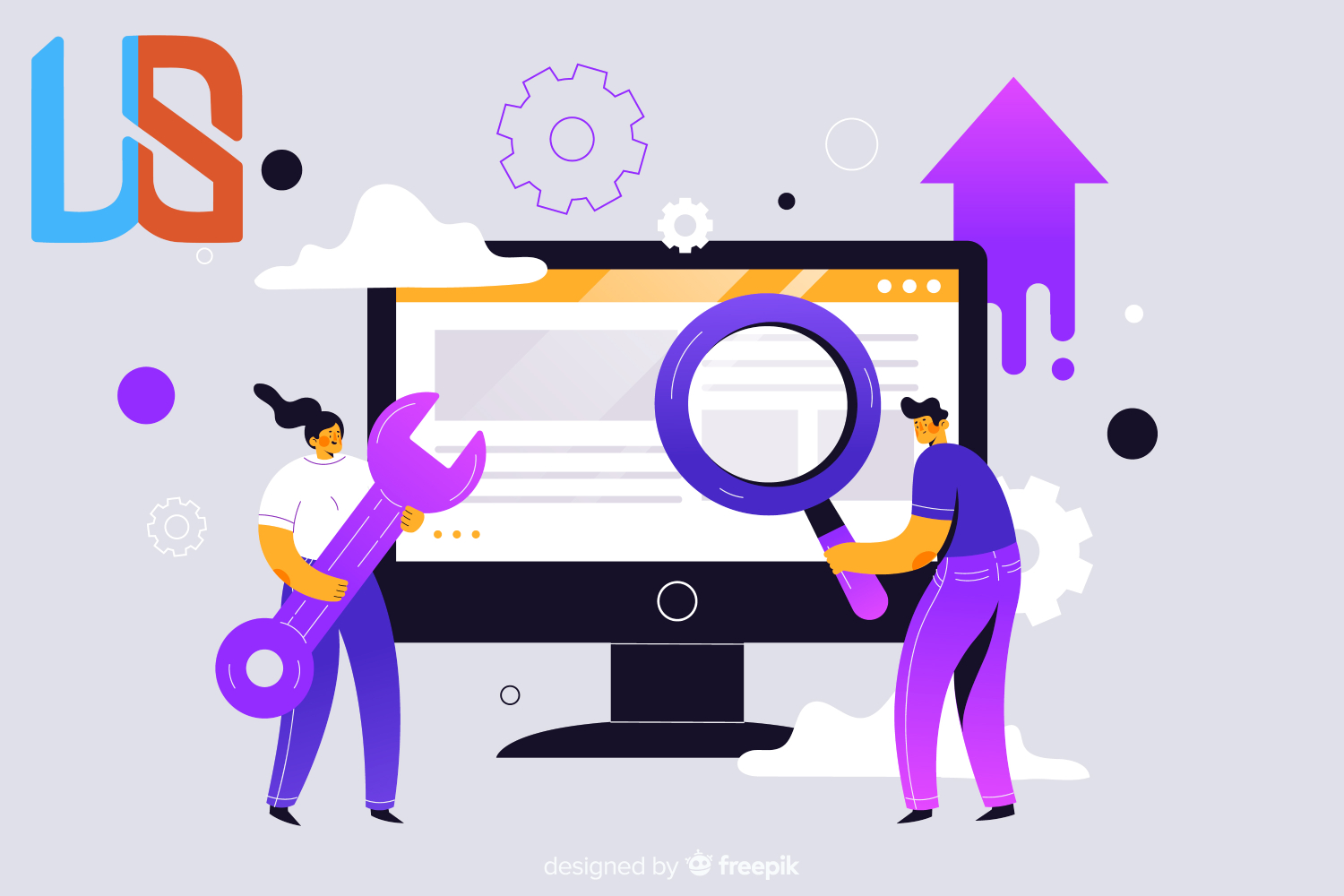
Introduction
In today’s fast-paced digital world, website performance plays a crucial role in user experience and search engine optimization (SEO). A slow-loading website can deter visitors and negatively impact search engine rankings. On the other hand, a well-optimized website that loads quickly enhances user satisfaction and boosts SEO efforts. In this article, we will explore essential tips to optimize website performance, ensuring faster loading times and improved SEO rankings.
1. Optimize Image Sizes
Large images can significantly slow down website loading times. Before uploading images to your website, compress them without compromising quality. Utilize modern image formats like WebP that offer better compression and quality compared to traditional formats.
2. Enable Browser Caching
Leverage browser caching to reduce the loading time for returning visitors. By instructing the browser to cache static resources like images, CSS, and JavaScript files, users don’t need to download these resources again on subsequent visits, leading to faster load times.
3. Minify CSS, JavaScript, and HTML
Minification involves removing unnecessary characters from CSS, JavaScript, and HTML files, such as white spaces, comments, and line breaks. Minified files are smaller and load faster, improving the overall website performance.
4. Use Content Delivery Networks (CDNs)
Content Delivery Networks (CDNs) distribute your website’s static resources across multiple servers worldwide. This ensures that users access these resources from a server closest to their location, reducing latency and improving load times.
5. Opt for Asynchronous Loading
Load JavaScript files asynchronously to prevent them from blocking the rendering of web pages. Asynchronous loading allows other page elements to load while JavaScript files are fetched separately, enhancing website performance.
6. Implement Lazy Loading
Lazy loading delays the loading of images and videos until they are about to be displayed on the user’s screen. This technique conserves bandwidth and speeds up initial page loading, particularly for content-rich pages.
7. Choose a Fast Web Hosting Provider
Selecting a reputable and fast web hosting provider is essential for optimal website performance. A hosting provider with robust infrastructure and fast servers ensures quick response times and better user experiences.
8. Optimize CSS and JavaScript Delivery
Load critical CSS inline or through server-side rendering to display the initial content faster. For non-critical CSS and JavaScript, load them asynchronously or defer their loading to improve overall page speed.
9. Reduce Server Response Time
Minimize server response time by optimizing your web server’s configuration and database queries. Faster server responses lead to quicker page loading and better user experiences.
10. Implement Accelerated Mobile Pages (AMP)
For mobile users, consider implementing Accelerated Mobile Pages (AMP), which are lightweight versions of web pages that load quickly on mobile devices. AMP is designed to enhance mobile browsing performance and SEO rankings for mobile search results.
11. Monitor Website Performance
Regularly monitor your website’s performance using tools like Google PageSpeed Insights, GTmetrix, or WebPageTest. These tools provide valuable insights and recommendations for further optimization.
12. Enable Gzip Compression
Enable Gzip compression on your web server to reduce the size of your website’s files during transfer. Compressed files load faster, benefiting both website visitors and SEO rankings.
13. Optimize Website Design
A well-optimized website design ensures a seamless user experience. Focus on a clean and simple design that emphasizes user-friendly navigation and intuitive interactions.
14. Regularly Update Website Software
Keep your website’s software, CMS, and plugins up to date to ensure optimal performance and security. Updated software often includes performance improvements that can positively impact website speed.
Conclusion
Optimizing website performance is a continuous process that requires attention to detail and a commitment to delivering the best user experience. By following these essential tips, you can achieve faster loading times, enhance user satisfaction, and improve your website’s SEO rankings. Prioritizing website performance not only benefits your visitors but also contributes to the success of your online presence in today’s competitive digital landscape.





